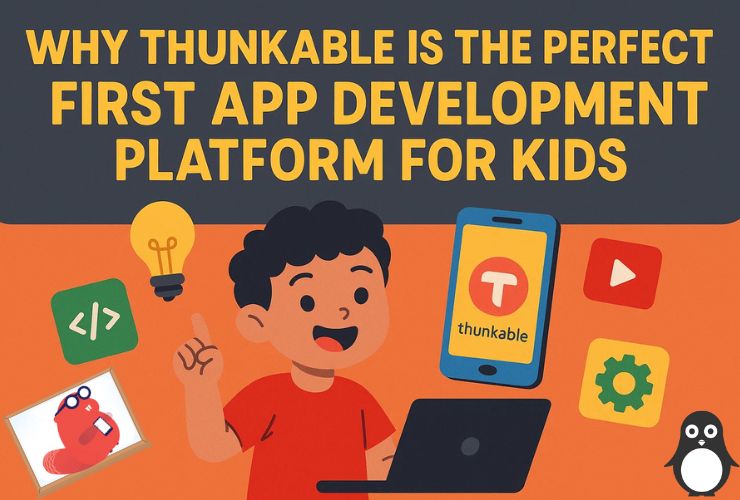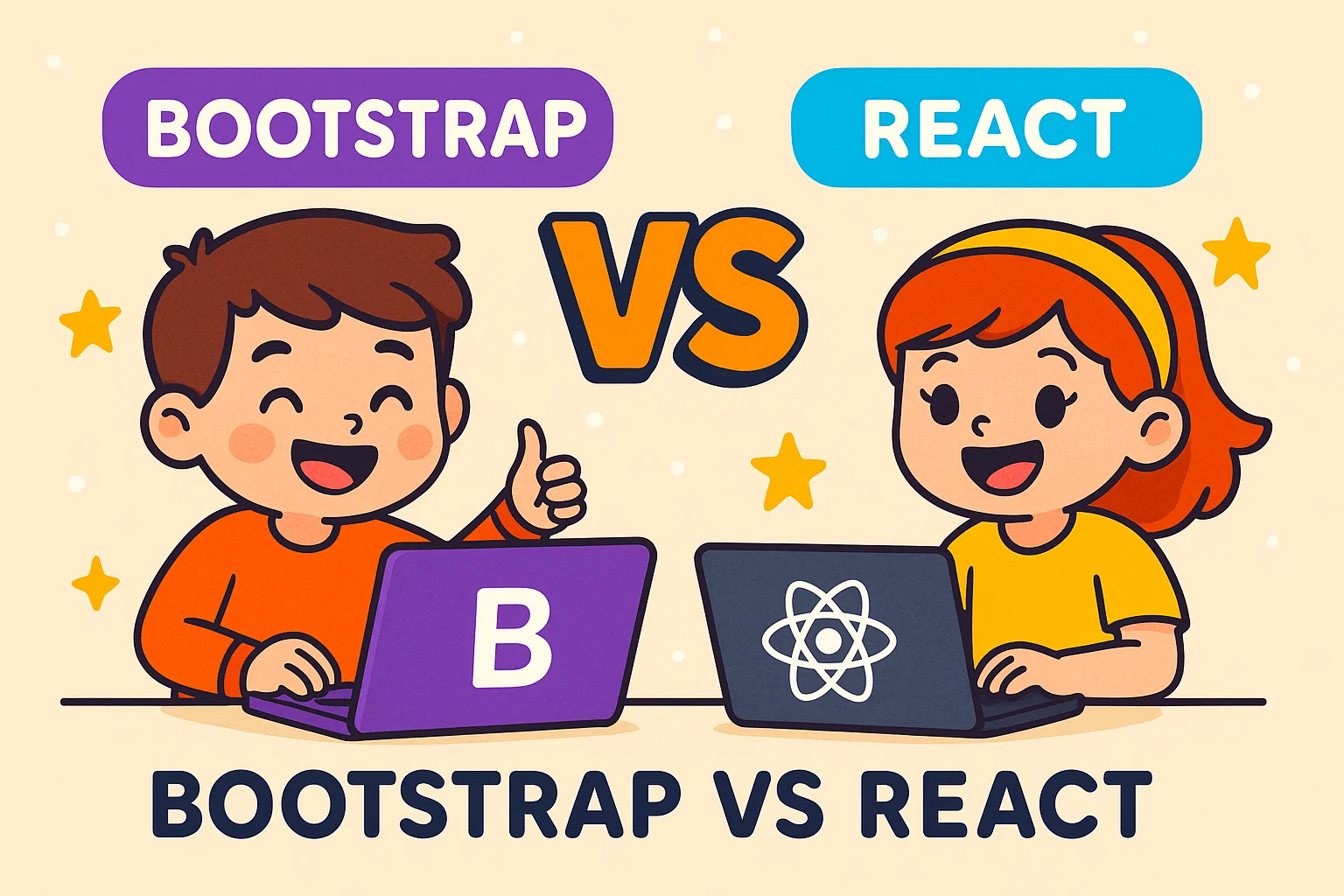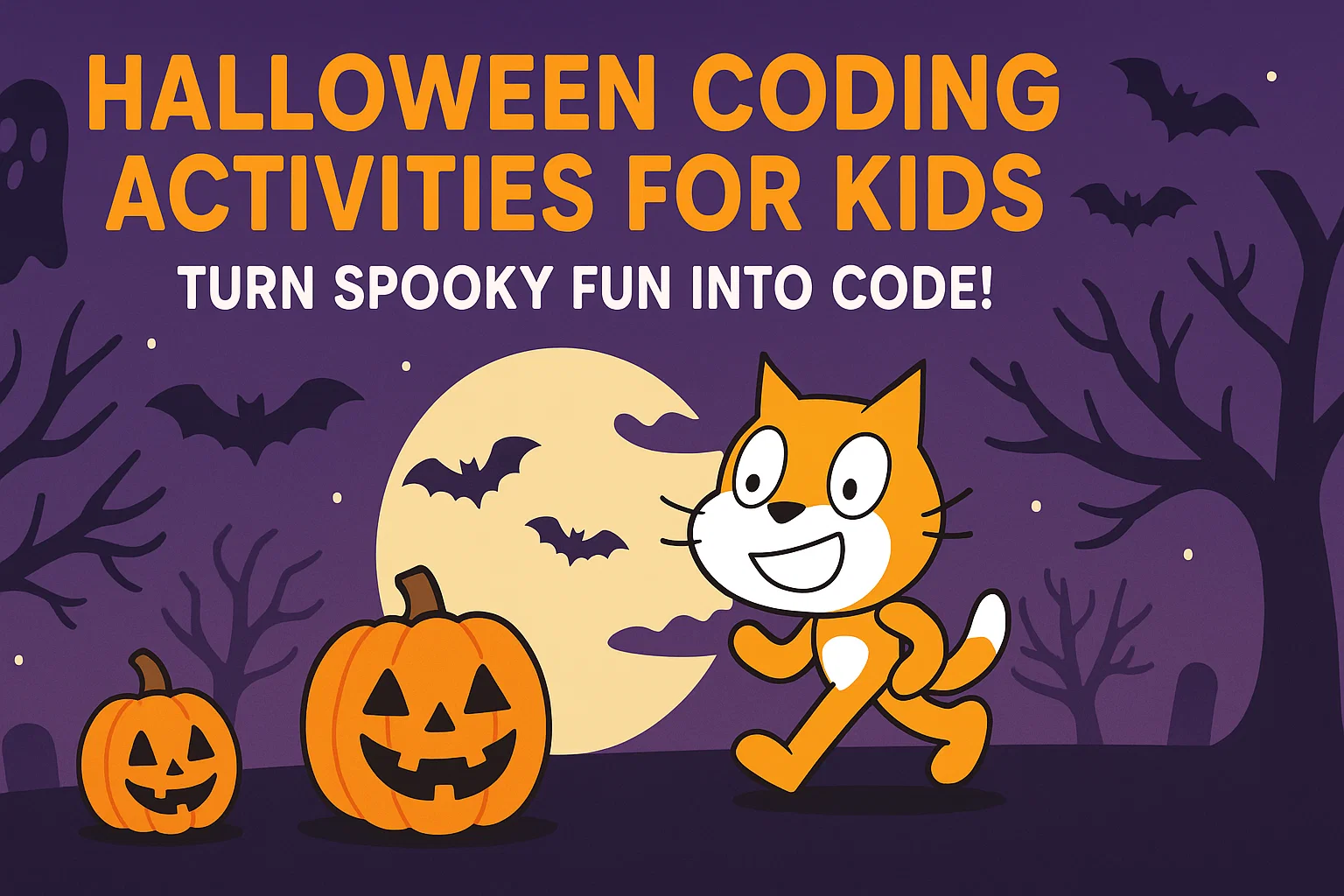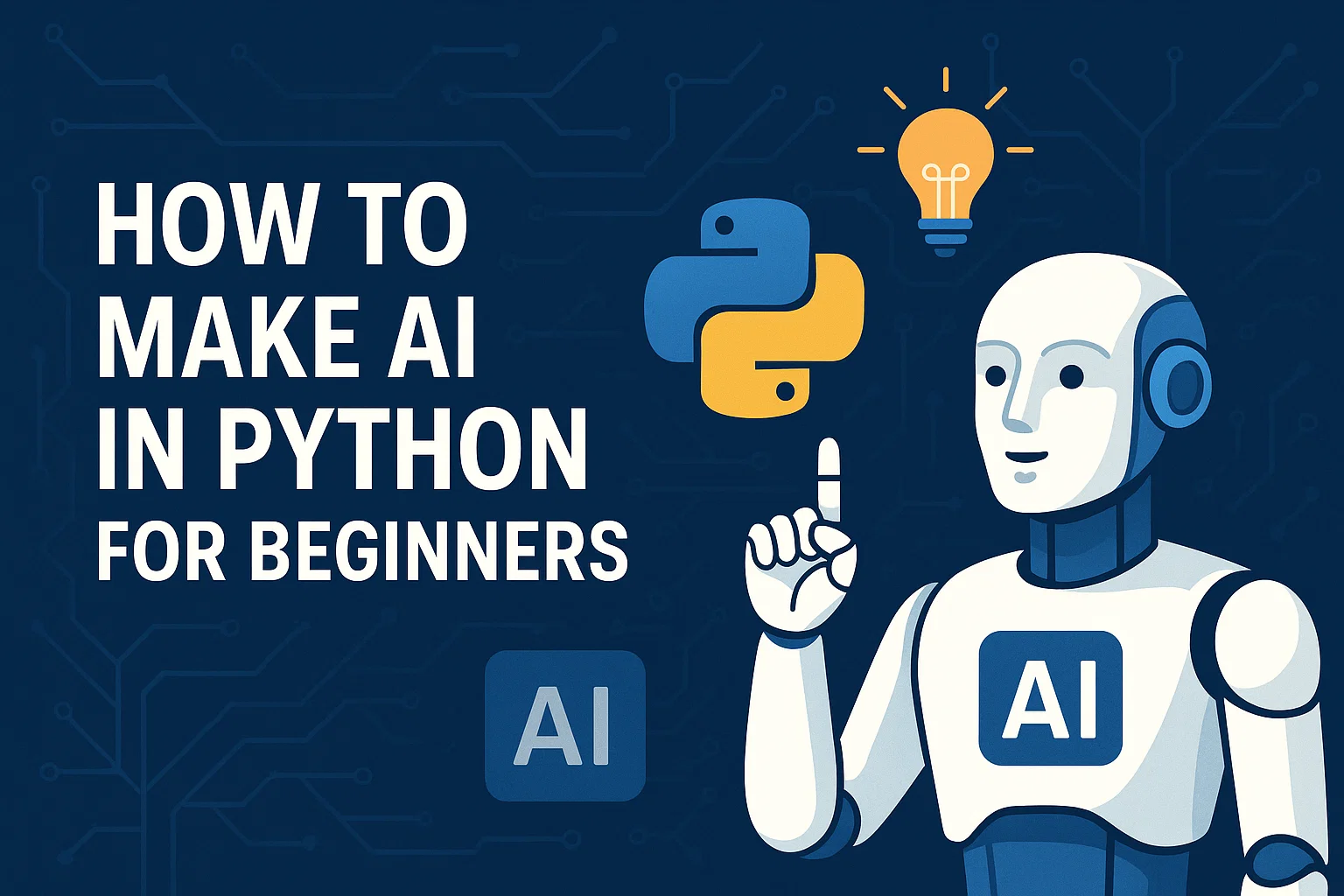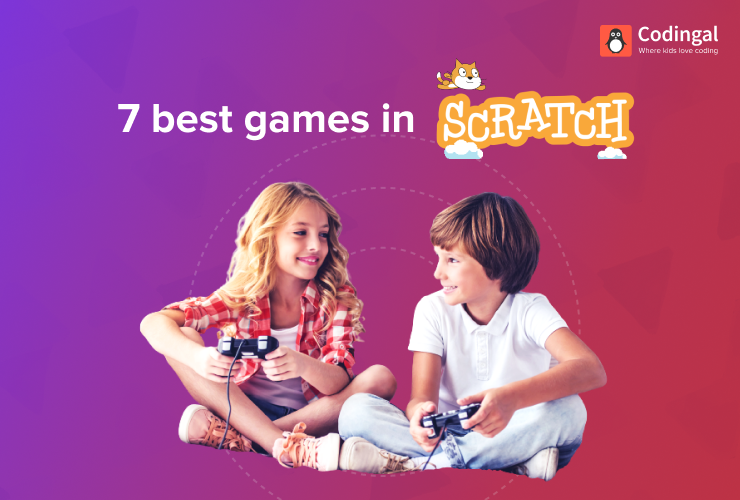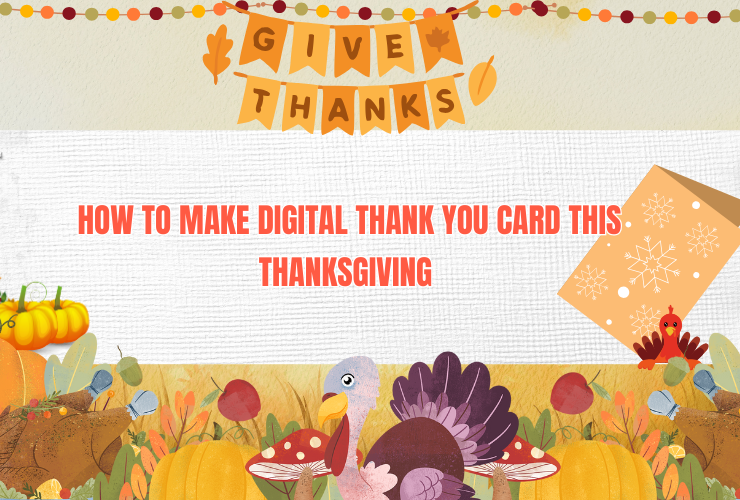Introduction
- Python is the perfect “first text language” for young minds. Its readable syntax, huge community, and endless real-world uses make it the logical next step after block-based tools like Scratch.
- Kids who learn Python early build future-proof skills. Computing jobs remain the #1 source of new wages in the U.S., with 700 000+ openings today (Code.org).
- Codingal’s live, project-based curriculum turns theory into exciting games, apps, and AI creations. Whether your child is 8 or 16, we meet them at their level, fuel curiosity, and map progress to global STEM standards.
- This guide explains why Python matters, how to start, common hurdles, and Codingal’s exact learning path. By the end, you’ll have a clear roadmap—and a checklist—to help your child code confidently.
Why Learn Python in Elementary & Middle School?
- Computer science is now foundational, not optional. “Every student in every school should have the opportunity to learn computer science” (Code.org). Python equips kids to navigate—and shape—the tech-driven world they’ll inherit.
- Python’s gentle learning curve accelerates success. Indentation replaces curly braces, and plain-English keywords (like
printand
if) reduce rookie frustration, keeping motivation high.
- Early coders gain a creativity + confidence edge. By transforming ideas into apps, kids learn to iterate, debug, and persist—traits that carry into math, writing, and life decisions.
- Demand for coders dwarfs supply. Computing roles offer some of the highest entry salaries, and innovation across every industry—from medicine to music—relies on code (Code.org).
- Python dominates professional ecosystems. It tops the “most wanted” list in the annual Stack Overflow Developer Survey, beating out JavaScript and Java for the third year in a row ().
What Makes Python Kid-Friendly?
- Readable like storybook English. A child can glance at
if score > 10:and instantly guess its meaning—no semicolons or verbose class syntax getting in the way.
- Massive library ecosystem means quick wins. Want to draw graphics? Import
turtle. Build a game? Fire up
pygame. Instant gratification sustains curiosity.
- Cross-platform & forgiving. Python runs on any school laptop or Chromebook, and its interpreter throws friendly error messages that actually help kids learn.
- Schools and nonprofits love it. Girls Who Code teaches Python to close the gender gap, proving it’s as inclusive as it is powerful (Girls Who Code).
Core Concepts Every Young Coder Should Master
Variables & Data Types
- Variables are labeled boxes that hold information. In Python,
name = "Aarav"or
score = 15teaches assignment and memory in one line.
- Primitive data types set the stage. Strings, integers, floats, and booleans create the building blocks for bigger logic puzzles and games.
Control Flow (If/Else)
- Decision-making sparks interactivity.
ifstatements let programs react: “If the player hits an obstacle, show a game-over screen.”
- Nested conditions practice logical thinking. Kids quickly grasp AND/OR operators, mirroring math truth tables.
Loops (For & While)
- Repetition without pain.
for coin in coins:collects treasure;
while lives > 0:powers game loops.
- Loops foster pattern recognition. Students learn to abstract repeated tasks—a cornerstone of computational thinking.
Functions & Decomposition
- Functions break big problems into bite-sized tasks. Defining
def jump():separates game mechanics from story logic.
- Reusability feels like magic. Kids see how one small block of code can power multiple levels or scenarios, mirroring Scratch custom blocks that “young people learn to think creatively, reason systematically, and work collaboratively” (Scratch).
From Blocks to Text: The Smooth Transition
- Why move beyond Scratch? Scratch is “an excellent tool for introducing coding to young learners” (Common Sense Education), but its block snaps can hide underlying syntax. Python reveals the machinery, preparing kids for advanced CS.
- Leverage similarities. Concepts like loops and variables already exist in Scratch; we just translate them into text.
- Keep the fun factor. Many Codingal projects let students rebuild favorite Scratch games in Python using the
turtleor
pygamelibraries, ensuring continuity and excitement.
- Confidence via small wins. Printing a name or drawing a spiral tells children, “I can do text coding!”—bridging perceived complexity.
Codingal’s Python Learning Path (Ages 8-18)
Module 1 – Python Fundamentals
- Goal: Understand syntax, data types, and basic I/O through mini-projects (fortune teller, quiz bot).
- Method: Weekly 1-on-1 sessions + take-home challenges; progress tracked in our AI tutor dashboard.
Module 2 – Game Development with Pygame Zero
- Goal: Build a side-scroller or space shooter; integrate sprites, collision, and scoring.
- Inspiration: “Roblox Studio gives you the tools to create anything you can imagine,” and so does Python with Pygame (Roblox).
- Outcome: Kids publish playable games, boosting portfolio and peer pride.
Module 3 – Web Apps with Flask
- Goal: Create a personal blog or trivia API, introducing HTTP routes and templates.
- Benefit: Shows Python’s real-world power beyond games, widening career vistas.
Module 4 – Intro to AI & Machine Learning
- Goal: Teach a neural net to recognize doodles or predict weather.
- Why now? AI literacy will define tomorrow’s opportunities; Python’s
scikit-learnmakes concepts tangible.
- Community Showcases: Students demo projects during hackathons like Codingal’s National Coding Olympiad watched by 50 000+ peers.
How Our Curriculum Stacks Up Against Tynker
- Live, human mentorship. Tynker offers excellent self-paced modules; Codingal pairs every learner with expert coaches for real-time feedback and motivation.
- Accredited global standards. All lessons align with the K-12 CS Framework, giving parents confidence in academic rigor.
- Competitions & peer learning. Frequent hackathons mimic “Millions of people around the world are creating projects with Scratch” (Scratch), fostering collaboration and healthy competition.
- AI-powered progress tracker. Adaptive quizzes adjust difficulty, ensuring boredom never creeps in.
- Small-group options. Social learning mirrors classroom camaraderie without losing personalized touch.
Real-World Python Impact Stories
- From space missions to social media, Python is everywhere. NASA uses Python for data analysis in astronomy missions, while Instagram relies on it to serve billions of daily interactions ().
- Job outlook = bright. The U.S. Bureau of Labor Statistics projects 25 % growth in software-developer employment from 2022 to 2032—much faster than average careers (). That makes early fluency in popular languages like Python a strategic advantage.
- Community strength. With over 380 000 packages on PyPI, students can plug into solutions for robotics, 3D printing, bioinformatics, and more—making “impossible” ideas suddenly doable.
- Youth entrepreneurship is real. Teen developers have monetized Python-powered games and automation scripts, earning their first income before college. Stories like these inspire young learners to dream big.

Tips for Parents Supporting a Young Pythonista
- Gamify milestones. Kodable notes that “parents can track their child’s progress and celebrate achievements together” (Kodable); replicate this by awarding badges for finished modules.
- Create a coding corner. A clutter-free desk, headphones, and a whiteboard invite focus and doodling of algorithms.
- Practice little, often. Ten minutes daily beats one multi-hour weekend cram, reinforcing neural pathways.
- Ask, don’t tell. When bugs appear, guide with questions: “What did you expect this line to do?”
- Show real-world relevance. Point out Python in YouTube recommendations, NASA data analysis, or favorite games to keep enthusiasm high.
Common Challenges & How to Overcome Them
- Syntax errors feel defeating. Encourage reading error messages aloud; Python’s feedback is surprisingly instructive.
- Abstract math sneaks in. Use visuals—number lines or candy pieces—to explain negative indexes or modulo.
- Impatience with long projects. Break deliverables into daily sprints; finishing one feature reignites momentum.
- Comparison with peers. Remind kids everyone’s coding journey is unique, echoing the inclusion stance that “coding tools should be accessible to all students” (Common Sense Education).
Beyond Coding: The Big-Picture Benefits
- Boosted problem-solving and logical reasoning. These skills transfer to algebra and science fairs.
- Creativity plus tech = limitless innovation. Whether composing music with code or designing eco-apps, children see themselves as makers, not just consumers.
- Closing diversity gaps. Girls Who Code reminds us “girls and students of color are underrepresented in computer science classrooms” (Code.org). Early exposure through supportive communities changes that narrative.
- Career readiness. Learning Python now means teens can freelance, build Roblox games (over 20 million already exist — Roblox), or ace AP Computer Science exams later.
Quick-Start Checklist
- Laptop or Chromebook with Python 3.12 installed.
- Free IDE: Thonny or VS Code with Python extension.
- Parent portal login for Codingal (emailed after enrollment).
- Headset + Webcam for interactive live classes.
- Project journal (digital or paper) for sketching ideas and tracking bugs.
Conclusion – Let’s Build the Future Together
- Python empowers kids to turn imagination into reality. From simple quizzes to AI prototypes, the language scales with ambition.
- The window of curiosity is wide open. More than 100 million students have tried Hour of Code, proving the global appetite for coding (Common Sense Education).
- Codingal’s mission is to be the world’s most-loved programming school for kids. With 500 000+ learners across 70 countries and a 4.8/5 class rating, we know what ignites young minds.
- Enroll today and watch your child master Python—one line, one game, one breakthrough at a time. Together, we’ll turn playful curiosity into lifelong technological fluency.
FAQ Section
Why is Python a good first language for kids?
Python’s syntax is readable and straightforward, making it accessible for beginners. It allows kids to focus on logical thinking rather than complex code structures.
What age group is Codingal’s Python curriculum designed for?
Codingal’s Python learning path is tailored for children aged 8 to 18, ensuring age-appropriate modules that grow with their skills and interests.
How does Python education benefit future careers?
Learning Python equips kids with essential coding skills, fostering problem-solving and logical reasoning abilities that are valuable across many careers.
What makes Codingal different from other coding platforms?
Codingal offers live, project-based learning with real-time mentorship, aligns with global standards, and incorporates competitions for peer engagement.
What are the core components of Python that kids should master?
Young coders should focus on variables, data types, control flow, loops, and functions, laying a foundation for advanced programming concepts.







